In this week’s episode of The Awkward Corner, tutors Stephen, Amy & SJ looked at the dying art of retail design. What was once a strong part of any interior designer’s portfolio has now become a rare specialism.
But is the physical retail experience really obsolete or is there still a place for the flagship and department store? Read on to find out how Stephen believes, with a little innovation, retail stores can regain their popularity.
Listen to the Podcast
There is a common expectation that everybody knows what a shop looks like. For many people if you asked them what retail design is, they are likely to describe their favourite shop. This is understandable given that people know what they like and where they like to go and get it.
Equally, if you ask people why they like to shop, most answers would be similar, in that they enjoy the experience of looking, browsing through the latest collections or seasonal promotions.
However, in recent years and given the impact of Covid, if you asked the average person where they have purchased recent acquisitions, they are more than likely to answer online. This is a real dichotomy for brands and companies today. In just the last few years, high streets in the UK have lost key mainstays of the retail landscape, such as BHS and Debenhams to name but a few.
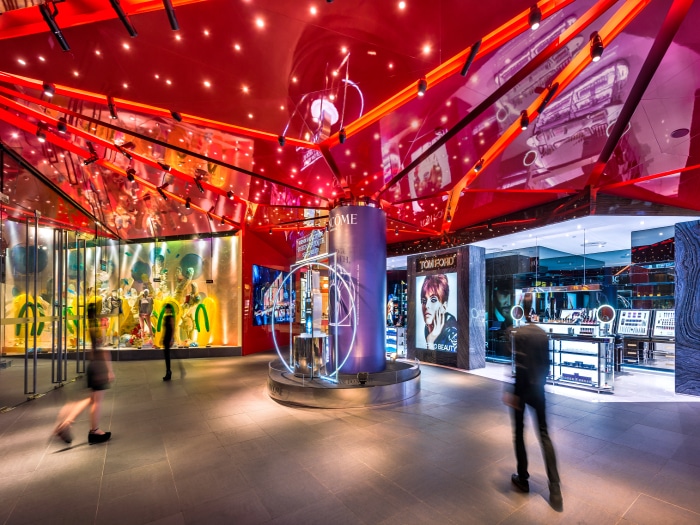
Can retail design make a difference?
It’s now accepted that all the main retailers must have an online and physical presence. Even Primark has now caved and embraced online selling. So, what can retailers do to affect this dilemma of selling online but still being able to cover the costs of a physical store when footfall is still dropping? Perhaps this is where design can make a significant difference.
No longer is it acceptable to merely design a well-planned store. While this has been the tried and tested method for a long time, people are turning away from convention and looking for brands to do other things. They expect more to keep them loyal and more importantly, to keep them shopping.
Let’s take a look at some ideas that are now redefining the shopping experience and explore what retail design might look like in the future.
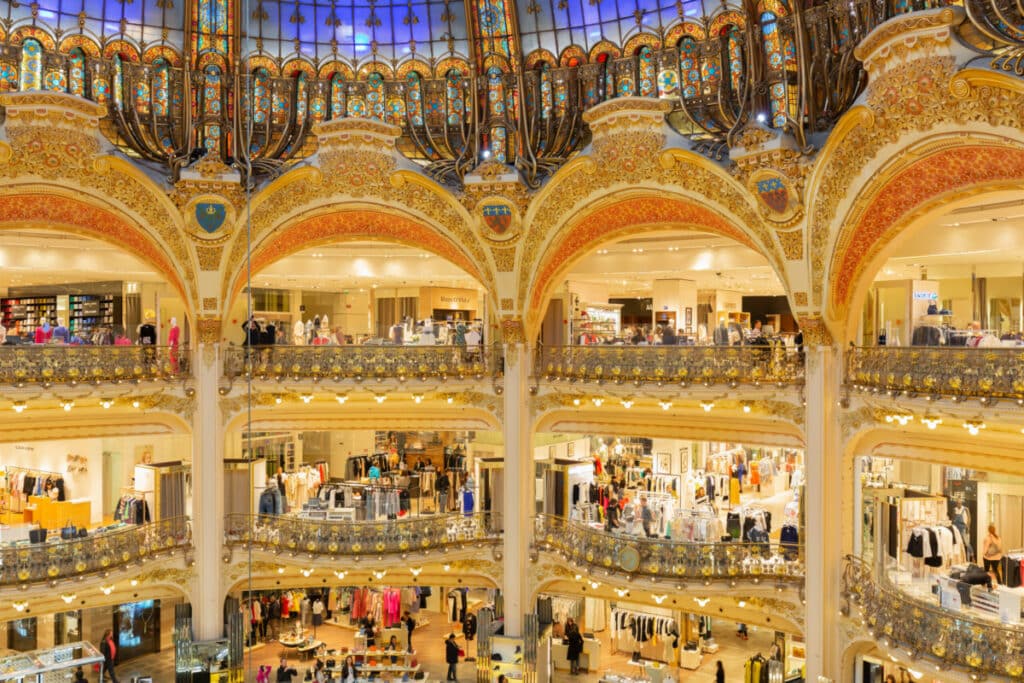
The Department Store
For years this used to be one of the key retail environments in any large town or city. However, department stores such as Debenhams, are a classic example of a company not developing their identity for a new digital shopper.
Sure, they had a website someone could order through. Yes, they had a lot of well known brands under their roof, many high street favourites. But what did they actually offer the shopper beyond this? Where was the innovative store design? Did they offer an in-store experience worth coming back for?
For decades, some of the world’s well known luxury department stores have been doing just this. Establishing a sense of retail environment which is not just a transactionary one. It is about the experience, how people feel, what else they offer, how they have adapted to change and are exploring ways in which you keep the customer coming back for more.
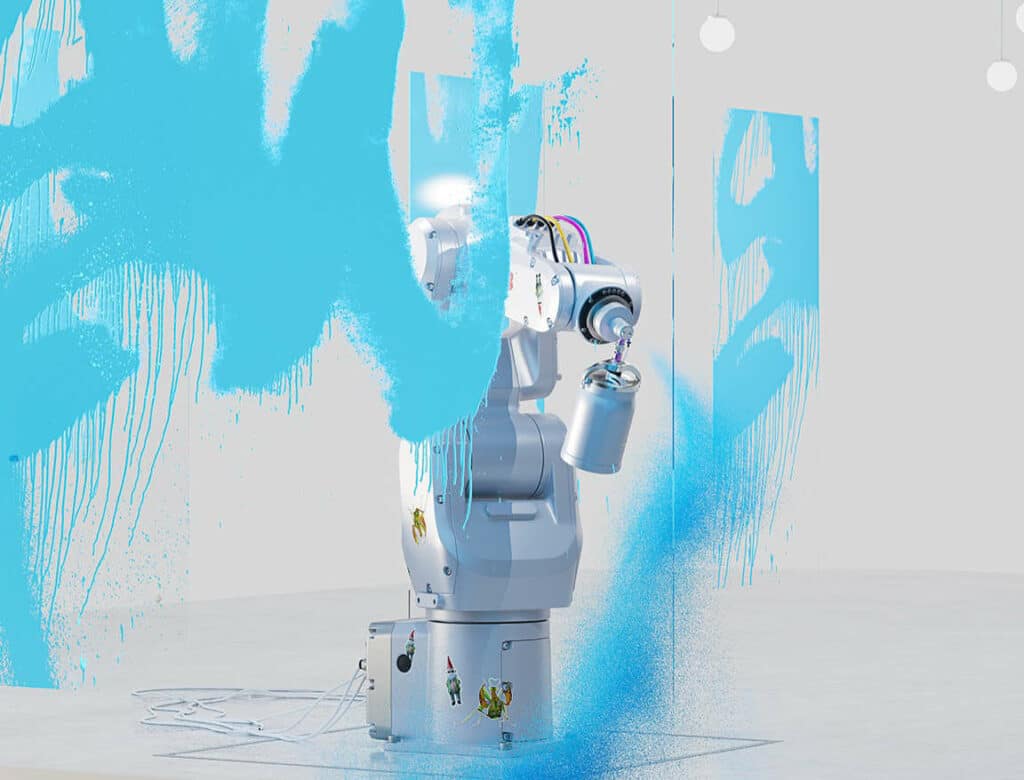
Some will argue, this is easy because they are operating at the luxury end of the market. However, it could be argued that because they occupy this status, they have to work harder still, due to a demanding range of customer. Selfridges are a very good example of this. In recent times they have executed a range in experiential store activities to supplement the standard retail experience. As part of their ‘Super Futures’ 2022 campaign, they are introducing offering therapeutic experiences, including self discovery sessions, all based around the theme of Superself.
Likely to be popular is also the 10-minute sensory reality experience that uses VR pods from Sensiks and is claimed to “facilitate a deeper connection with the self”. Another key element added in recent years is a cinema, providing a more exclusive movie experience, and if this is not enough, you can now get married at the store!
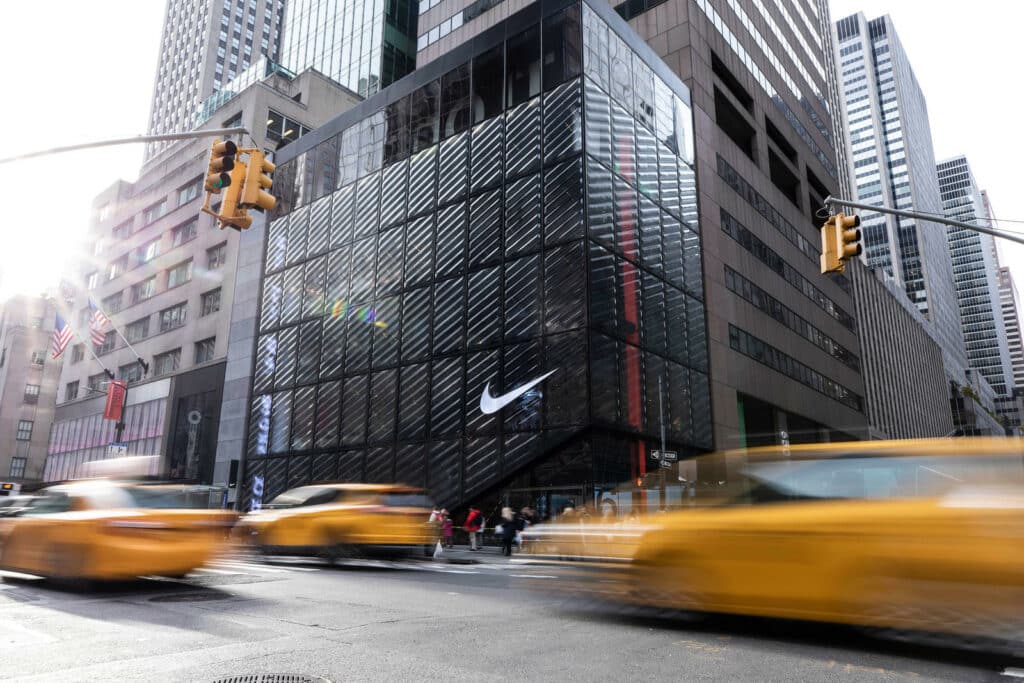
Flagship Retail Stores
Another real key aspect of a good retail brand used to be having a flagship store, a place where the brand could show off who they are. But in recent times, the expense and the purpose have been called into question. With retail moving online, those designing key retail environments have struggled to define what a flagship is anymore.
A brand that has challenged this idea and redefined the role and purpose of a flagship is the sportswear company Nike. A globally recognised name, with a devote customer base and a faithful following, many might ask why do they even need to do anything. But Nike is a brand that does not sit still, they keep evolving and that is what keeps them relevant.
One of their new flagships is the Soho New York Store, standing five floors high and totalling just over five thousand square metres, this is the epicentre of sports retailing, a place not just to shop for sport but to play it, customise it and fully immersive yourself within it.
Take a look at this gallery from Hyperbeast.
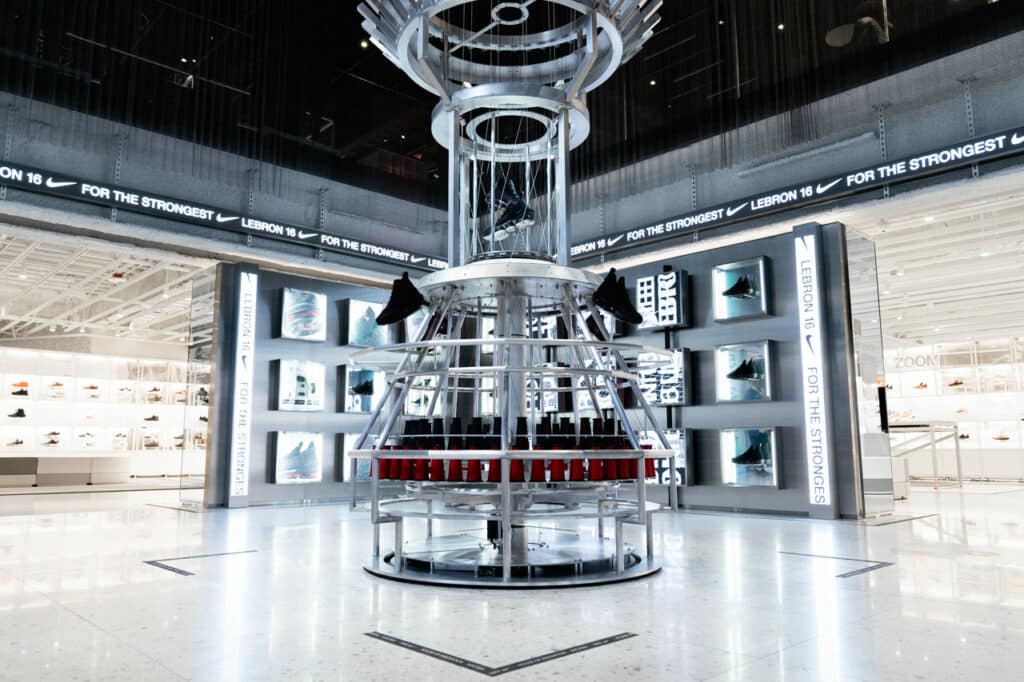
Sporting an entire basketball half-court with adjustable hoops and digital video screens, an enclosed football trial area, a treadmill in front of a large video wall that simulates outdoor runs and a customisation ‘shoe bar’ where shoppers are able to fully personalise a pair of Nike Air Force 1s.
With touchscreens embedded into walls everywhere you look, and dedicated coaches on-hand to put customers through their paces as they test out new trainers – this is a store that brings new meaning to the words “experience-driven retail” (FutureStores, 2022).
But, more than this, the store is completely connected and intends to bridge the gap between digital and bricks-and-mortar experiences. For instance, customers can later access all interactions recorded of them through their online Nike accounts or Nike app, in the hope they share it on social media if they wish.
The video below shares an interview with Cathy Sparks, the Nike VP responsible for the House of Innovation.
Capturing the Customer of the Future
Innovation is now the key word in retail design, demonstrating it is not just what your store looks like but what it offers the customer. Never has this been more important than in established retail brands who need to reach a new kind of customer if they are to survive in the future.
There are a number of well traditional luxury brands that have a loyal following and will shop with them regardless, whether offline or online. However, what happens beyond this customer base. Who are your consumers of the future?
Tiffany & Co has already began to address this conundrum by developing a retail approach that see them establish a different kind of retail environment. Traditionally, Tiffany stores can be seen as the typical, classic luxury ideal, glass counters, plush setting, expensive retail districts etc. all the usual connotations you would expect with an expensive retailer.
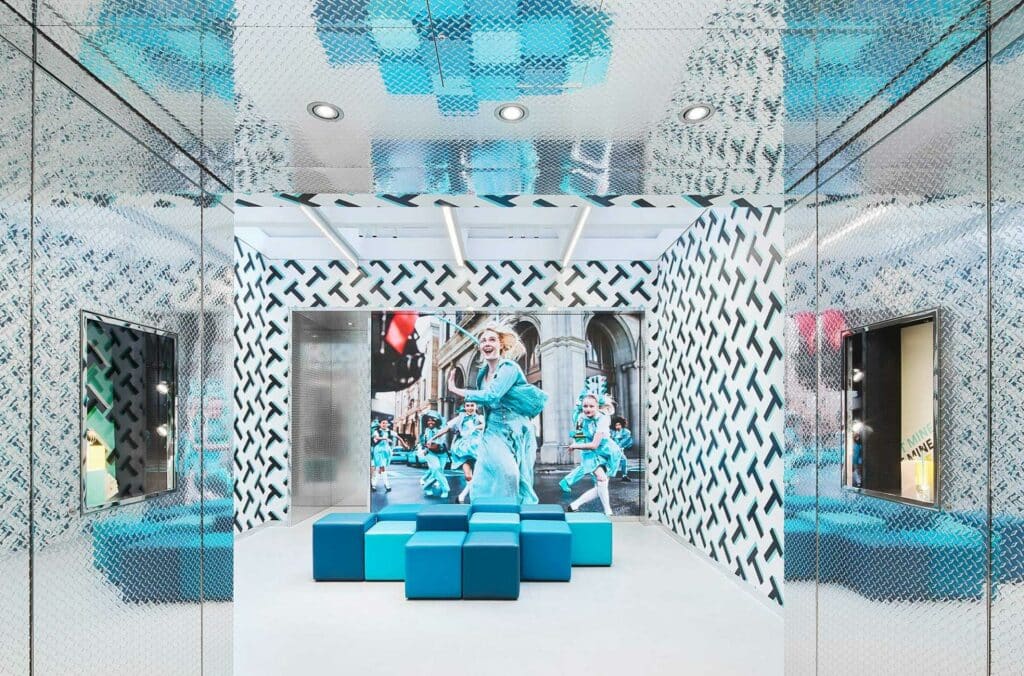
For Generation Alpha, the children of Millennials, a conventional store environment might not be for them. This generation have grown up exclusively as digital natives; having technology as part of their lives form a very young age. How then do you design a store that offers a product in a more immersive and connected way?
Tiffany has explored this with a new concept store in the heart of London’s Covent Garden district. The design thinking is to offer a completely different interaction. This new store offers an experiential space that is complete with personalisation bar and an eclectic homeware edit, a very different way of engaging an alternative audience with their established brand.
Reed Krakoff joined Tiffany & Co. in 2017 as chief artistic director and has been trying to shake off the image of the nearly 200 year old retailer, defining a design strategy that appeals to a younger and more social media savvy clientele, which has also included the Instagram famous Blue Box Café, launched at the Fifth Avenue flagship boutique in New York.
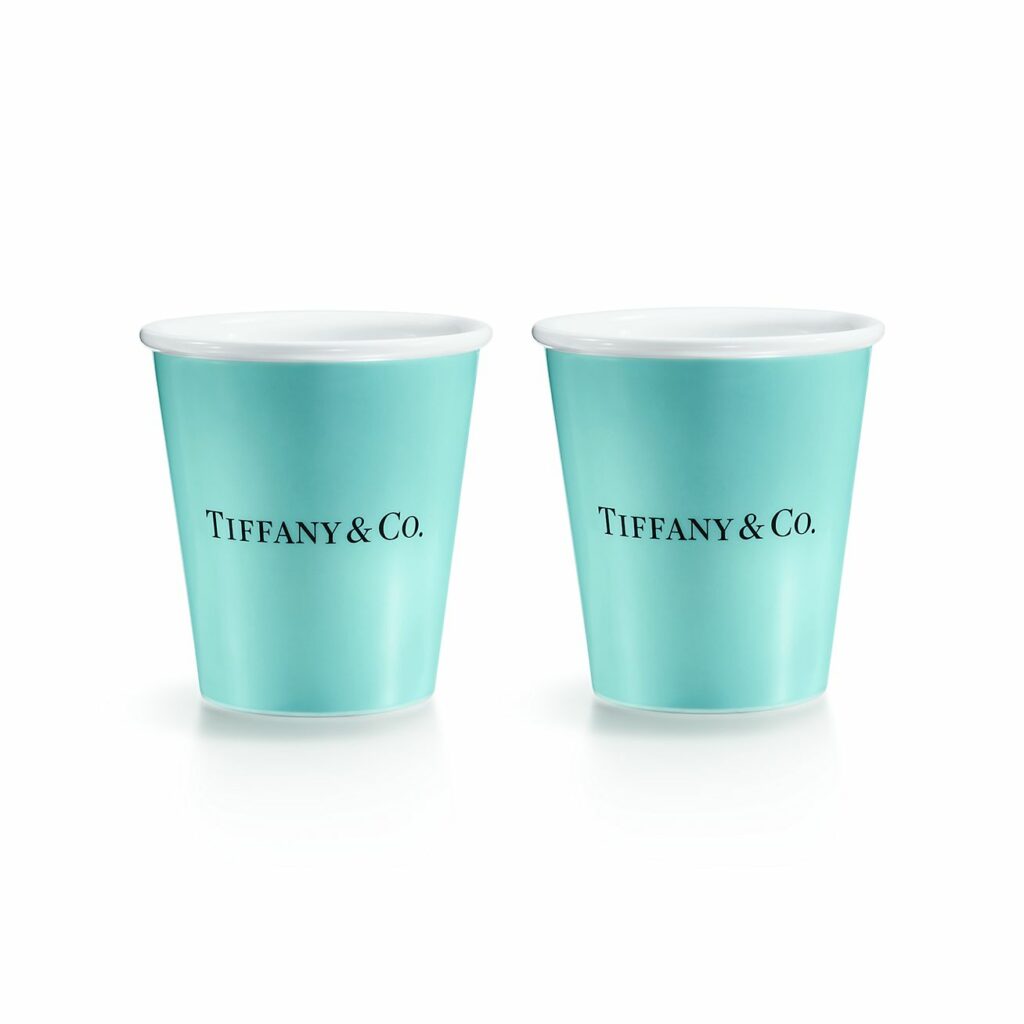
Tiffany’s new Covent Garden ‘Style Studio’ is an inventive concept with a focus on personalisation, offering lower price points through a curated range of product that is designed to appeal to a more laid back customer. With the key element being the #MakeItTiffany engraving machine, for that added personalised experience. Alongside a vending machine stocked with Tiffany’s Eau de Parfum, this really is a very different retail environment.
Going forward it is clear that retail design is no longer about how people move through your store, it is a multi-layered, experiential, personalised future that offers the customer a reason to interact, but perhaps more importantly to keep coming back. If the future is a £145 Tiffany’s bone china paper cup, then I think retail design has an interesting future and I’m here for that.

